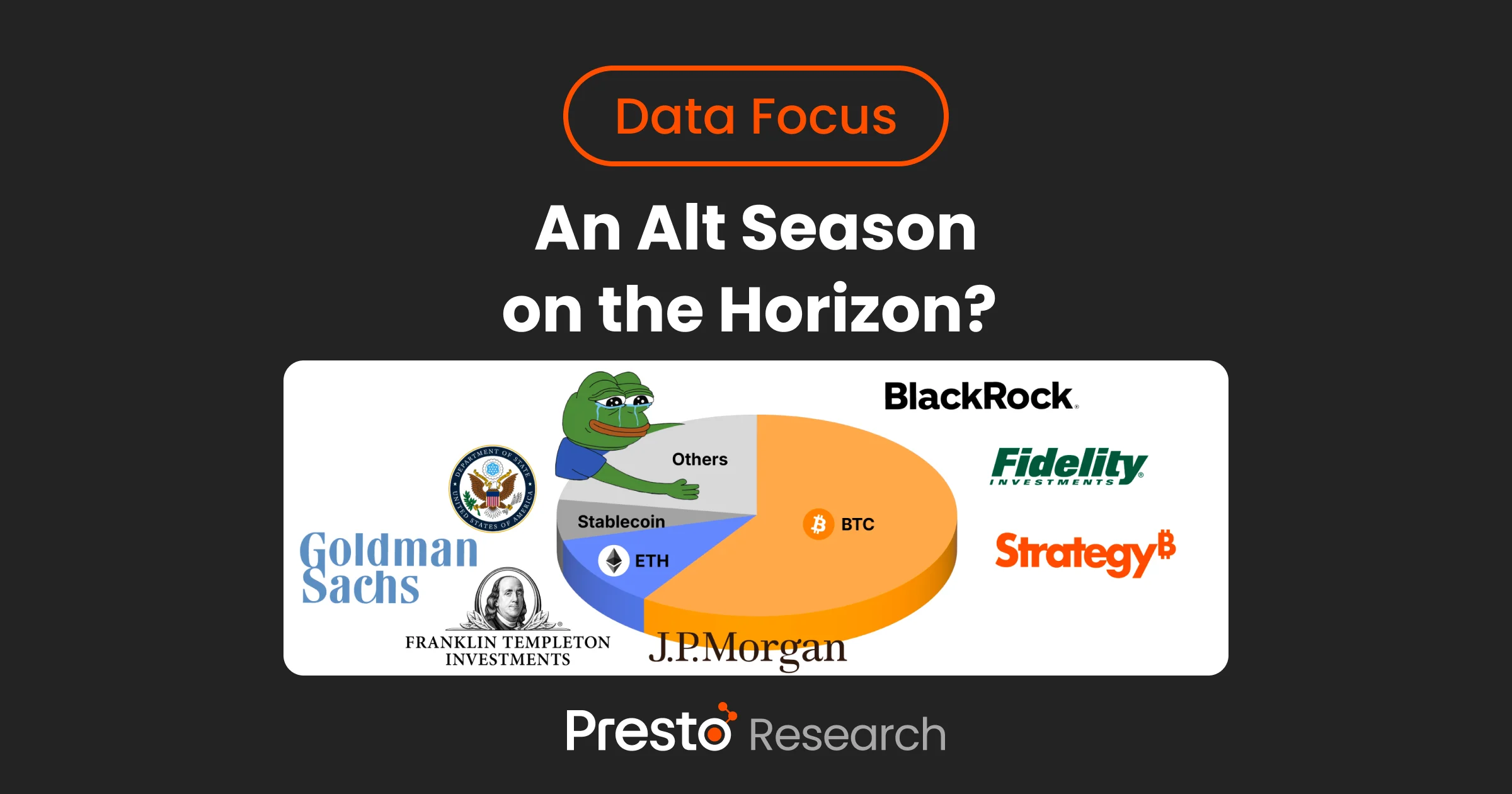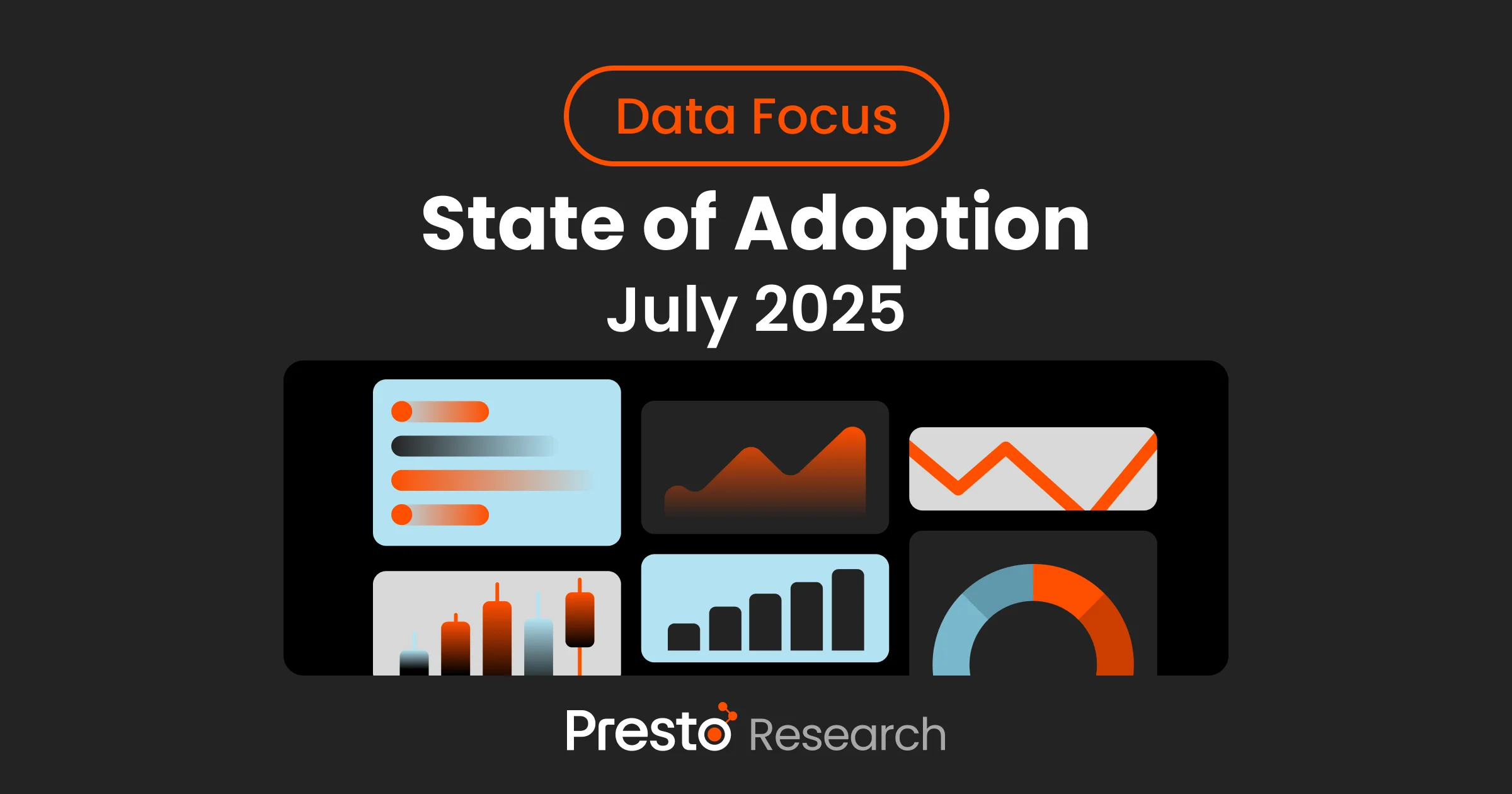Contents
Summary
1. Performance
1.1 Top 10 Coins by Market Cap
1.2 Returns by Timezone
1.3 BTC Monthly Returns Matrix
1.4 BTC and ETH monthly returns YTD
1.5 Fear-Greed Index
1.6 BTC dominance
2. ETF Flows
2.1 Aggregate BTC ETF Flows
2.2 BTC ETF Flows in November
2.3 BTC ETF Share by Product
3. Basis & Funding Rates
3.1 CME Futures Basis (Monthly)
3.2 CME Futures Basis
3.3 OI-Weighted Funding APR
3.4 Futures Basis
4. Liquidity, Volumes, Liquidations
4.1 Total Derivatives Volume
4.2 Perpetual Futures Liquidations
5. Options
5.1. BTC and ETH Put/Call Ratio
5.2. Skew
5.3. Risk Reversals
5.4. Butterfly
5.5. IV
5.6. RV
5.7. IV-RV
5.8. Term Structure
5.9. ETH-BTC IV Spread
6. On-Chain
6.1. Chain TVL Change
Appendix
Data Partners
Summary
Despite growing threats of retaliation, equities held up, tech earnings beat expectations, and risk appetite remained resilient into the month-end. At the July FOMC, Powell maintained a neutral tone, acknowledging softer H1 growth while offering no forward guidance. The Fed held rates steady at 5.375%, with dissenting votes from Waller and Bowman calling for a cut. Yields bull-flattened, with the 10Y Treasury falling from 4.33% to 4.19%. Credit tightened, and the dollar strengthened into a flurry of tariff developments. The White House finalised bilateral agreements with Japan, the EU, and South Korea at 15%, and announced higher rates on Brazil (50%), Canada (35%), and Mexico (30%), with India talks ongoing. Despite growing threats of retaliation, equities held up, tech earnings beat expectations, and risk appetite remained resilient into the quarter-end.
Crypto surged sharply into mid-July before easing. BTC rallied from sub-$110k to a high of $123k on 14 July, finishing the month around $115k. ETH outperformed, rising from below $2,500 to a peak above $3,900, as ETF headlines and legislative momentum drove relative strength. Policy breakthroughs included the House passage of the GENIUS Act, the Clarity Act, and the Anti-CBDC bill. Major issuers filed ETF amendments enabling in-kind redemptions, and the SEC initiated a broader crypto regulatory overhaul. ETHBTC rose from 0.02259 to 0.03302, reclaiming January levels (Figure 1.4), with US hours driving most of the upside in both assets (Figures 1.2a/1.2b).
Volatility rose with spot. BTC 1M implied vols peaked just under 40v mid-month before fading (Figure 5.5a), while ETH 1M implied touched 70v on 14 July before drifting lower into month-end (Figure 5.5b). Realised vols also climbed but lagged implied, keeping IV-RV spreads wide (Figure 5.7). Options flows reflected active structure demand: ETH call spreads traded across the Q3 and Q4 curve, BTC butterflies and risk reversals saw significant interest (Figure 5.3, Figure 5.4). Despite stretched spot levels and rising implieds, front-end basis held steady around 8% annualised (Figure 3.4a), and funding remained supportive (Figure 3.3). Perpetual liquidations rose during the rally but remained well-contained (Figure 4.2), while derivatives volumes stayed elevated through the month (Figure 4.1).
By month-end, crypto had priced in a wave of structural catalysts and policy developments. Spot faded slightly, vols reset lower, and positioning seems to be cleaner heading into August.



